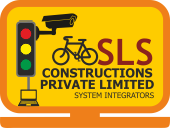Under the aegis of Smart City Initiative, ‘Smart Schools’ for students have been proposed with emerging technologically advanced programs that would make way for the future of education. Education is the backbone for development. Thus, by introducing smart educational programs, smart citizens can be educated and trained. .
Solutions Overview :
This tool is immensely useful when one needs access to mobile learning resources. Whilst you are on the move, you can access the app and revisit concepts taught in various disciplines namely maths, sciences, social studies etc. Besides being easily available it also provides a learner-friendly atmosphere and could be helpful as it also addresses the need for differential learning strategies.
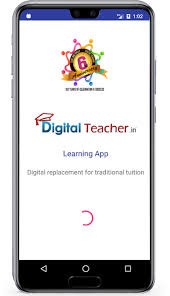
Adopting the digital learning way to impart education makes understanding easy, especially so for a visual learner. Today the tools available in this medium are so vast that you can use it to enhance any learning activity. Right from using it in class, to showing virtual experiments which don’t require learners to use labs, teaching art through this medium and many more. Teachers lectures can be recorded too, which can be used to help students who can’t attend school due to various reasons or students who don’t understand can revisit lectures at a later date.
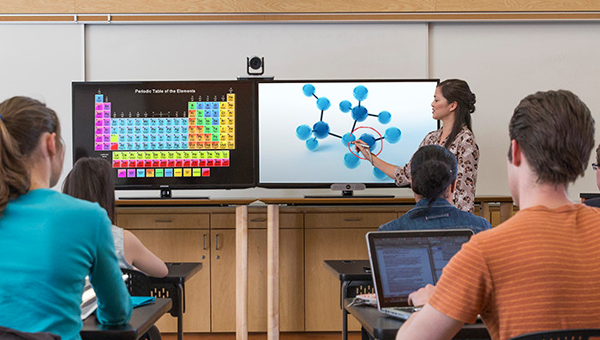
Digital content is created using AI with the same proficiency as that of humans and is extremely popular given the short period of time that they are created in. Digital textbooks or digital learning interfaces are user-friendly and child-friendly. Digital lectures, video conferences help better the understanding of a child. Artificial Intelligence helps here by automating the grading methodology which also makes it more accurate.
The virtual facilitator is a new phenomenon that responds just like the same actual teacher. Although one can never replace a teacher-learner interaction in class this definitely is a great substitute for various contingencies like teacher absenteeism, illness etc. Once fine-tuned, these will be very popular in the classrooms.
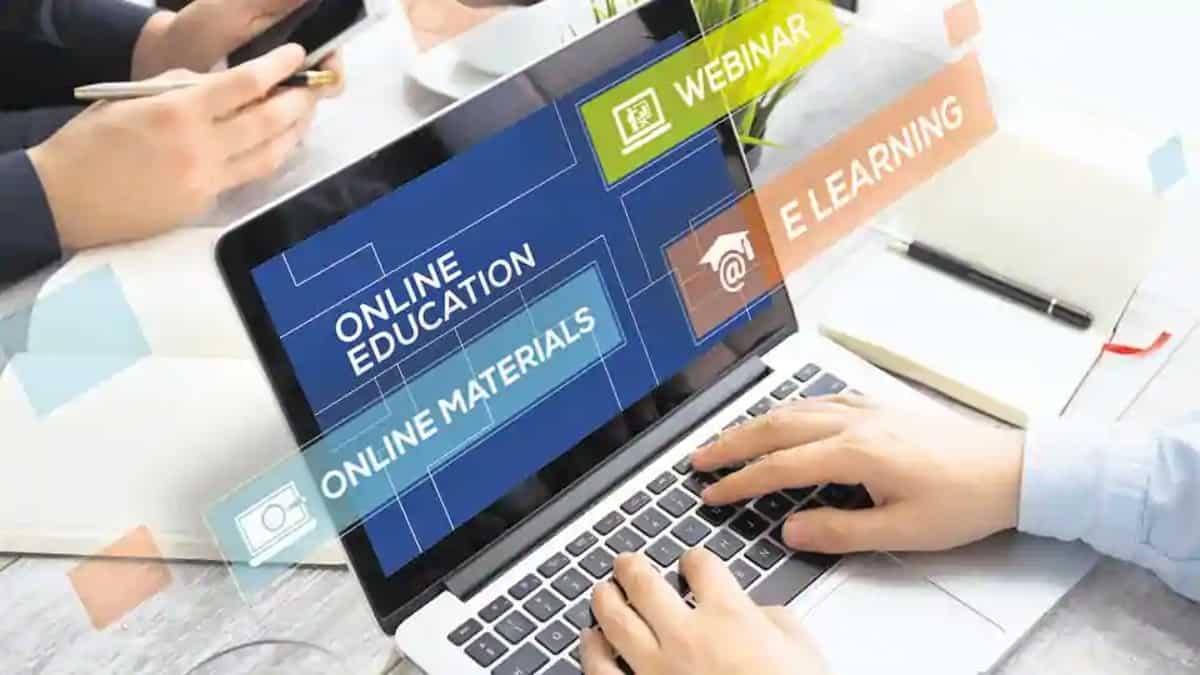
A smart classroom is a technology-enhanced learning classroom that enhances the way of teaching and learning digitally. The classroom is integrated with the computers, specialized software, audience response technology, assistive listening devices, networking, and audio/visual capabilities that make lectures easier, engaging, and more interactive.
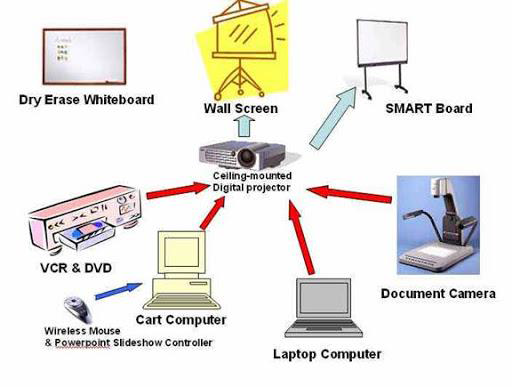
Some of the key components of a Smart Classroom are:
i. Interactive White Board.
Interactive white board replace the traditional chalk and board systems and incorporate the finest digital ink technology for an attention grabbing Knowledge sharing experience.



ii. Projector
iii. ICT Computer Labs
Internet & Communication Technology (ICT) provides oppurtunities to school children to maily build their capacity on ICT Skillls & make them learn through computer aided training.
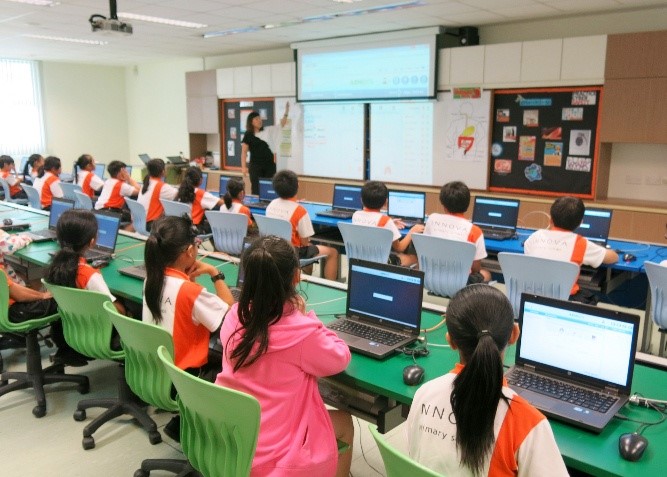
Some of the key equipment used in an ICT Lab include student laptops, printers, storage devices, UPS, Wi-Fi etc.
Key Benefits:
• Interactive & enhanced learning process.
• Time saver & thereby increased productivity.
• Paperless classrooms is environment friendly.
